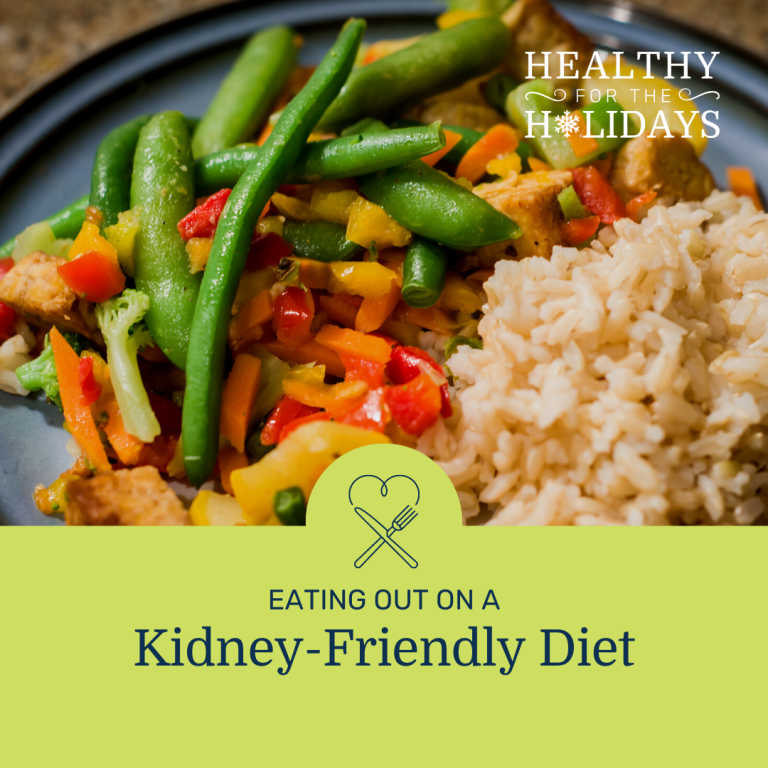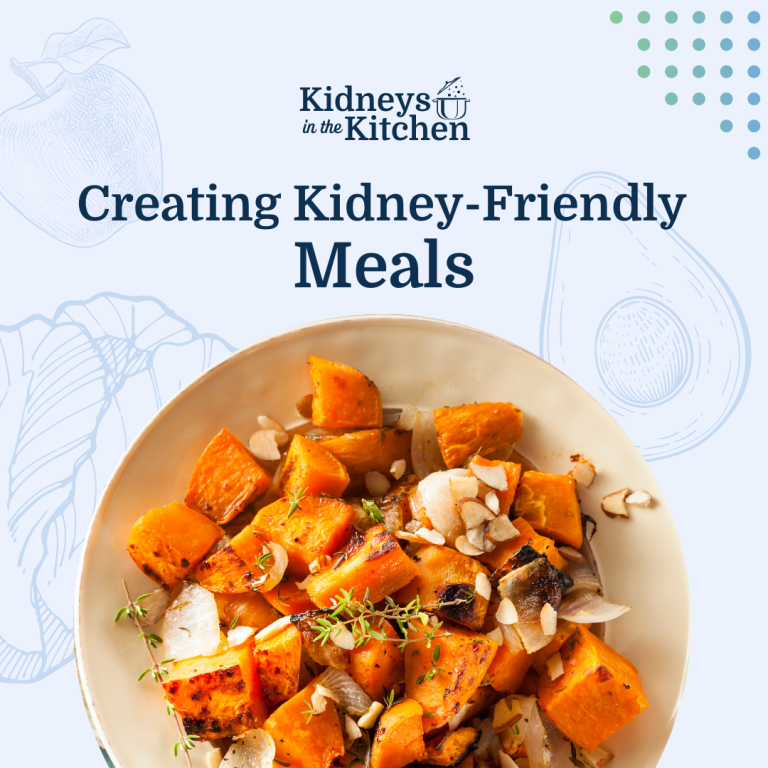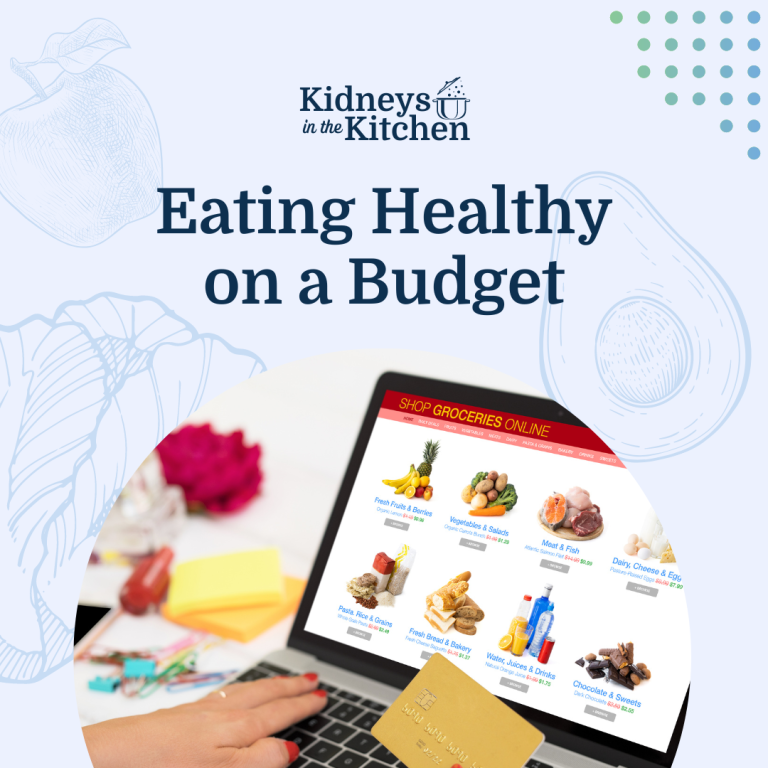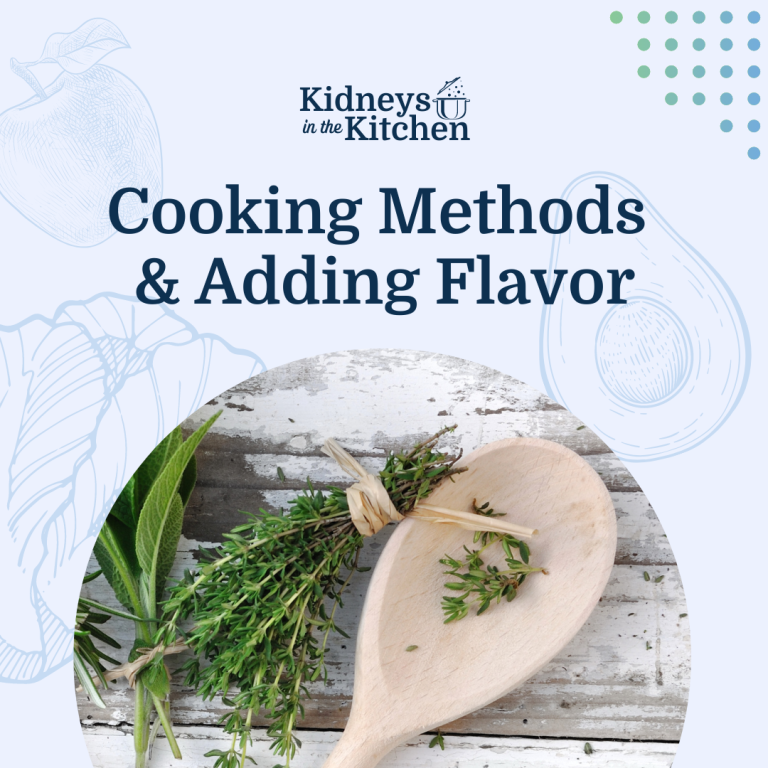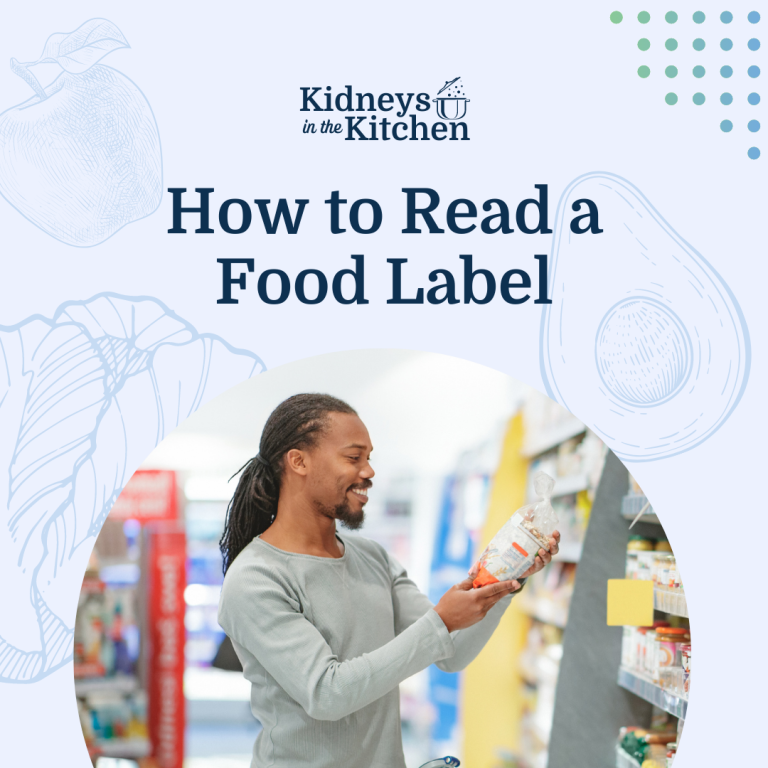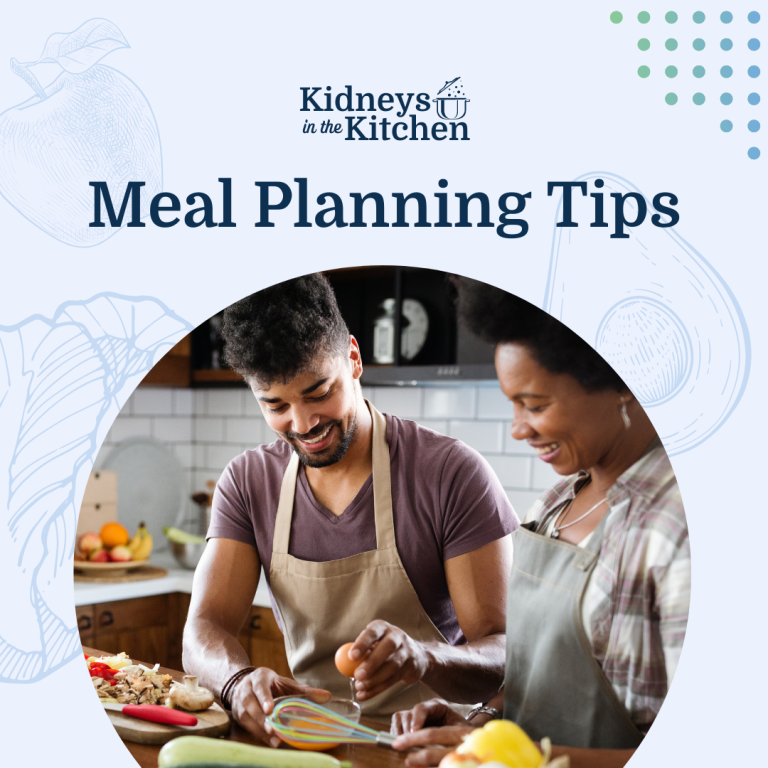Decoding Nutrition Labels
What to watch for when it comes to CKD.
Confused when comparing the ingredients between two different bags of chips in the snack aisle? You are not alone! Understanding nutrition labels can be tough.
Many people with chronic kidney disease (CKD) need to limit certain nutrients in their diet, like sodium, phosphorus, or potassium. It’s important to look at the nutritional facts and ingredients in food. So, knowing how to read a food label will help guide you to make healthier choices for your kidneys!
Here are some important ingredients to track when you have CKD.
| MINERAL | HOW IT WORKS |
|---|---|
| Sodium | Sodium is your blood pressure’s kryptonite. Having too much salt in your diet can cause you to have high blood pressure and swelling, so it’s important to limit how much salt you have per day. |
| Phosphorus | Phosphorus is a mineral that works with calcium in your body to keep your bones strong, but too much can damage your blood vessels. If your kidneys aren’t working properly, eating too much phosphorus can become dangerous. |
| Potassium | Potassium helps keep your heart beating at the right pace—so it’s important to watch your potassium levels when your kidneys can no longer keep it in balance. |
Let's look at one together!
In the example below, we’ve highlighted a few different areas to focus on when comparing food labels. The first thing to look at is the number of servings in the container and the serving size. The serving size reflects the amount that people typically eat or drink. In this instance, one serving equals one cup.
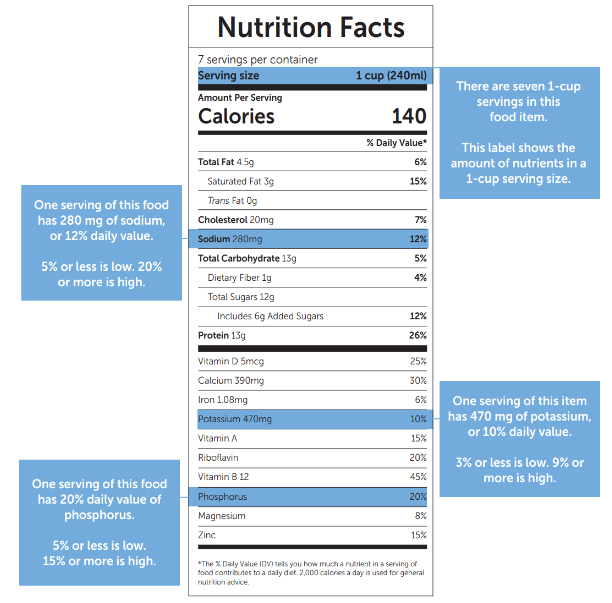
While one serving of this item makes the cut when it comes to sodium, the potassium and phosphorus levels exceed the recommended daily value. If you’re following a CKD diet, we’d recommend passing on this item and choosing an option with lower levels of phosphorus and potassium.
For more information or specific questions bout your dietary needs, ask your Somatus dietitian!
What should I look for on the ingredients list?
Potassium and phosphorus aren’t always listed on the nutrition label. If you’ve been told to limit your potassium or phosphorus intake by a Somatus dietitian or doctor, you need to check the ingredients list. You usually can find the ingredient list at the bottom of the nutrition label.
Packaged foods are often a source of phosphorus—but sometimes even the ingredients can be a bit tricky to recognize. Keep your eyes open for ingredients that have PHOS or phosphate or potassium as any part of their name.
Somatus Dietitian Tip: Ingredients are listed in order, starting with the most prominent ingredient at the beginning of the list to the least prominent at the end of the list.
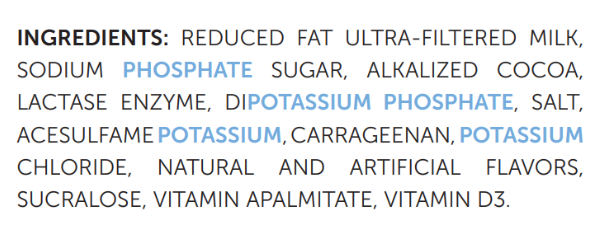
So remember:
- If you are on a potassium restriction, avoid or limit foods with potassium listed in the ingredients.
- Potassium chloride is commonly used in place of salt. “Low-sodium” options and some salt substitutes may contain this additive. Mrs. Dash is a safe salt substitute to use.
- If you must consume a food that contains potassium or phosphorus, check its nutrition label, and stick to one serving size.
- Compare food labels. Different brands of the same food can have different sodium amounts. Choose the lowest!
Now that you can read a food label with confidence, check out our blog on meal planning tips for your next trip to the grocery store!
Want more Kidneys in the Kitchen info? Click here.
The information contained here is for educational purposes and is not intended to be a substitute for medical advice, diagnosis, or treatment. Always seek the advice of your healthcare provider with any questions you may have regarding a medical condition or treatment, and never disregard professional medical advice or delay seeking it because of something you read here.
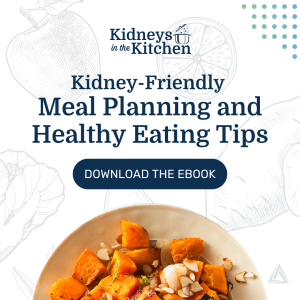
Learn more about the Somatus healthy living program.
We’re here to answer your questions anytime.
Call us at (855) 851-8354 (TTY: 711).
